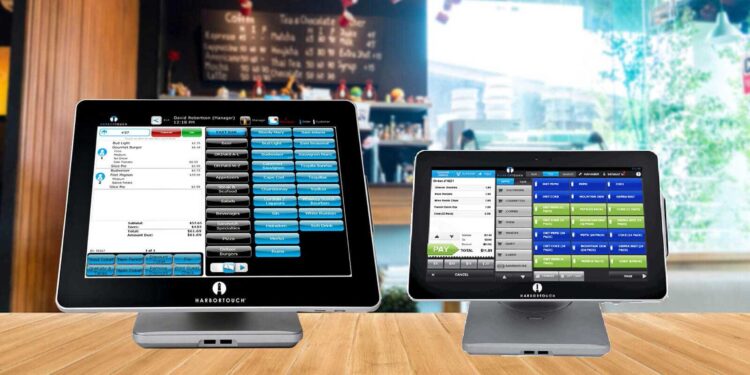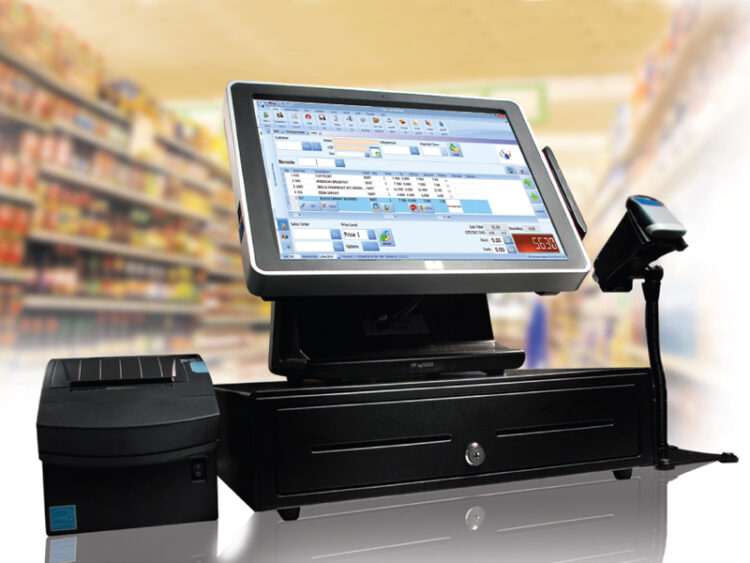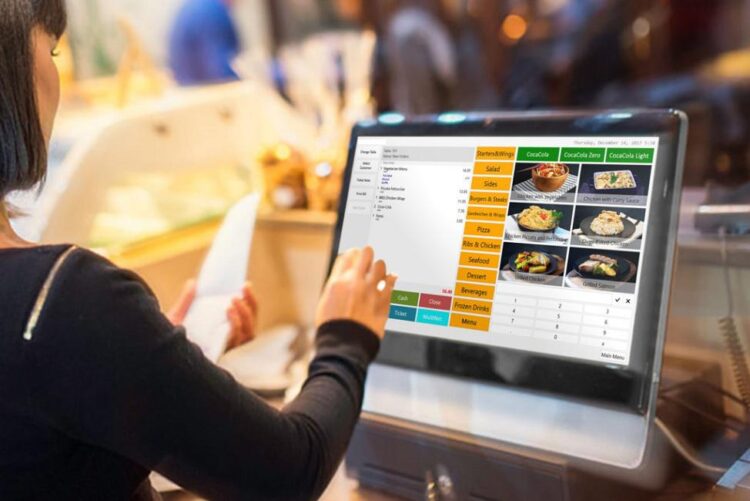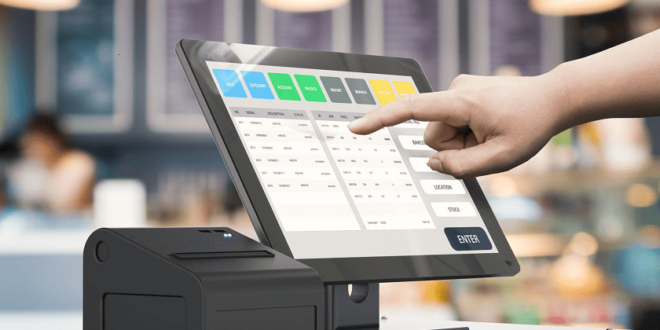Many businesses have converted their sales to online and curbside delivery and for many entities, this is the only means of making sales and thus keeping themselves afloat. Our world has changed drastically due to current events and evolving technology. Touchscreen POS systems have been around since to 1980s and have picked up in popularity ever since. Being able to take orders and payments at the curbside via an iPad POS system, implement loyalty programs, track necessary data, and manage necessary employee relations makes the modern-day point of sales systems more relevant to the current retail and restaurant industry.
Contactless Payment

Contactless payment is becoming more prevalent these days. People choose this rout for obtaining the things they need for many different reasons that range from convenience to the current pandemic. This feature is integrated into most, if not all, modern POS systems.
Another huge breakthrough is the increase in the issuance of contactless cards from financial institutions such as J.P. Morgan Chase, Capital One, American Express, Discover Network, and Citi (with the Costco card), and many others. If the POS system is connected to the merchant’s app, the customer can add a tip to the total if desired. This makes the contactless payment more prevalent and easier than ever.
Because of its ease of use and wide acceptance, there has been an increased interest in the contactless payment feature not only in the U.S. but around the globe. Once the concept was introduced and implemented it took off and gained popularity rapidly. These factors have contributed to the adoption of contactless payment acceptance via the POS system terminal.
In-Store Mobility
In-store mobility has also shown an increase in presence in the restaurant industry. There are many reasons for this. One of the reasons is convenience. Being able to pay your bill right at the table decreases the need the wait for the wait staff to come to the table, present you with the check, go run your credit card, and return with the receipt. In addition, the employees waiting on customers are able to focus on serving them as the payment step of the process is virtually eliminated.
Another useful feature is the capability to send orders directly from the dining room floor or the bar directly to the kitchen. This eliminates the time lag in having the wait staff take the order to the kitchen. It also reduces errors in the ordering process.
Loyalty Programs

Many retailers and restaurants alike have implemented rewards programs. These systems are oftentimes connected to the merchant’s POS system as well. This function offers a plethora of features. A points-based loyalty program can be programmed to offer flexible reward tiers where customers can accumulate points and enjoy a variety of permanent perks and benefits depending on their rank in the program. Merchants can also categorize their rewards via the system. If the customer provides their birthday during signup, birthday rewards can be given as well.
Loyalty programs are more than perks for the customer, a lot of marketing is done through rewards programs. There are a few ways that merchants utilize their POS software as a means of marketing. One of them is through email. When a customer signs up for a rewards program, they oftentimes provide an email address. The reason behind this is so that in the future, they can send the customer marketing emails, often in the form of discounts and coupons. These offers often bring customers back into the store or restaurant when they otherwise wouldn’t return for whatever reason.
Another useful feature of POS software is the ability to track customer trends. For example, a clothing business may see a decline in the sale of business suits and an increase in the demand for more business casual clothing as more companies are adopting a remote working environment. Therefore, as more people purchase this type of attire and fewer business suits, the POS system can alert management of the need to order more business casual clothing and fewer business suits. This is just an example of the many changes in shopping habits that customers are likely to display.
Tracking Real-Time Sales Data
One of the most significant aspects of running your own business is being able to track your revenue and expenses. This is necessary to keep your finger on the pulse of your business. With the POS software for small businesses the user can not only track revenue and expenses but sales trends, cost margins, and negative inventory transfers.
Inventory management can pose a real challenge to businesses today as there can sometimes be multiple transactions happening in a short time. When this happens, different people may be attempting to purchase the same product at the same time. If there is not enough of the product in stock to serve the needs of those customers, this could cause some dissatisfaction. With inventory management integrated within the POS system, once something is bought it is deducted from the inventory records immediately, providing shoppers with better information as to the availability of the items they are seeking.
Also, the merchant can keep tabs on ratios such as their gross profit and gross profit margin. These ratios are extremely helpful as they provide insight as to the performance of the business. Gross profit is calculated by taking sales and subtracting the cost of goods sold. The higher the gross profit, the more profitable the business. The gross profit margin is calculated by taking the gross profit and dividing that figure by sales. Again, a higher number is more desirable. Lastly, net profit margin measures the amount of net income (profit) that is generated as a percentage of revenue and is calculated by taking the net profit and dividing it by your total revenue, then multiplying that figure by 100. As is with the other two ratios, a larger number is indicative of a more profitable business.
Employee Management

Many POS system software contains employee management software that allows for management to track things such as employee time and attendance. There is also a feature in most systems to devise employee schedules and manage shifts across multiple locations and even schedule time off. For employees who receive tips, the system also assists in keeping track of those as well.
Processing transactions, promoting customer loyalty and monitoring real-time sales data, and employee management are some of the many benefits of implementing an up-to-date POS system. Current events, customer needs, and evolving technology are changing the way we do business. We must embrace these changes and adopt the appropriate technology to move forward and prosper.
To know which POS system is right for your business, we invite you to visit Lightspeed.
 Hi Boox Popular Magazine 2024
Hi Boox Popular Magazine 2024



